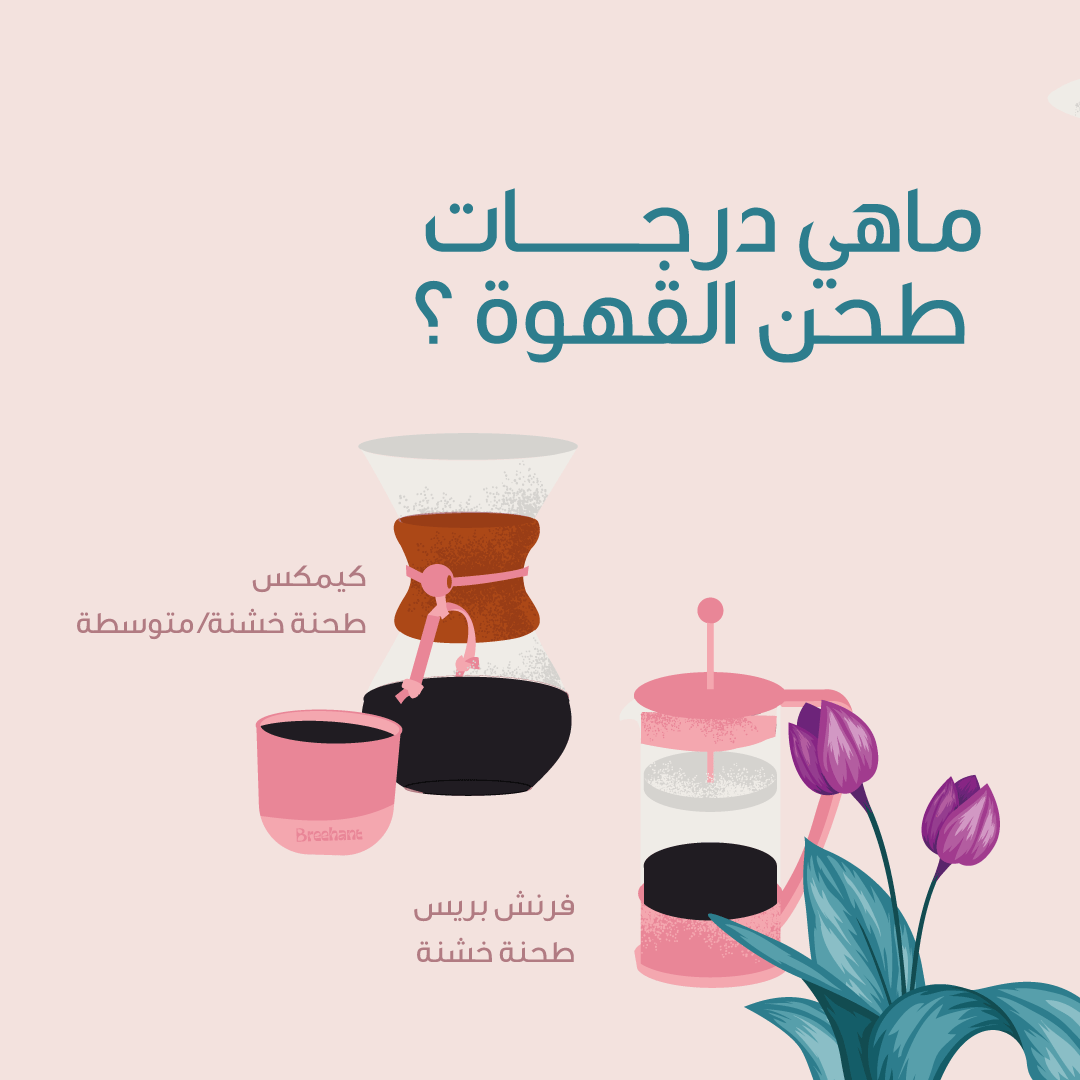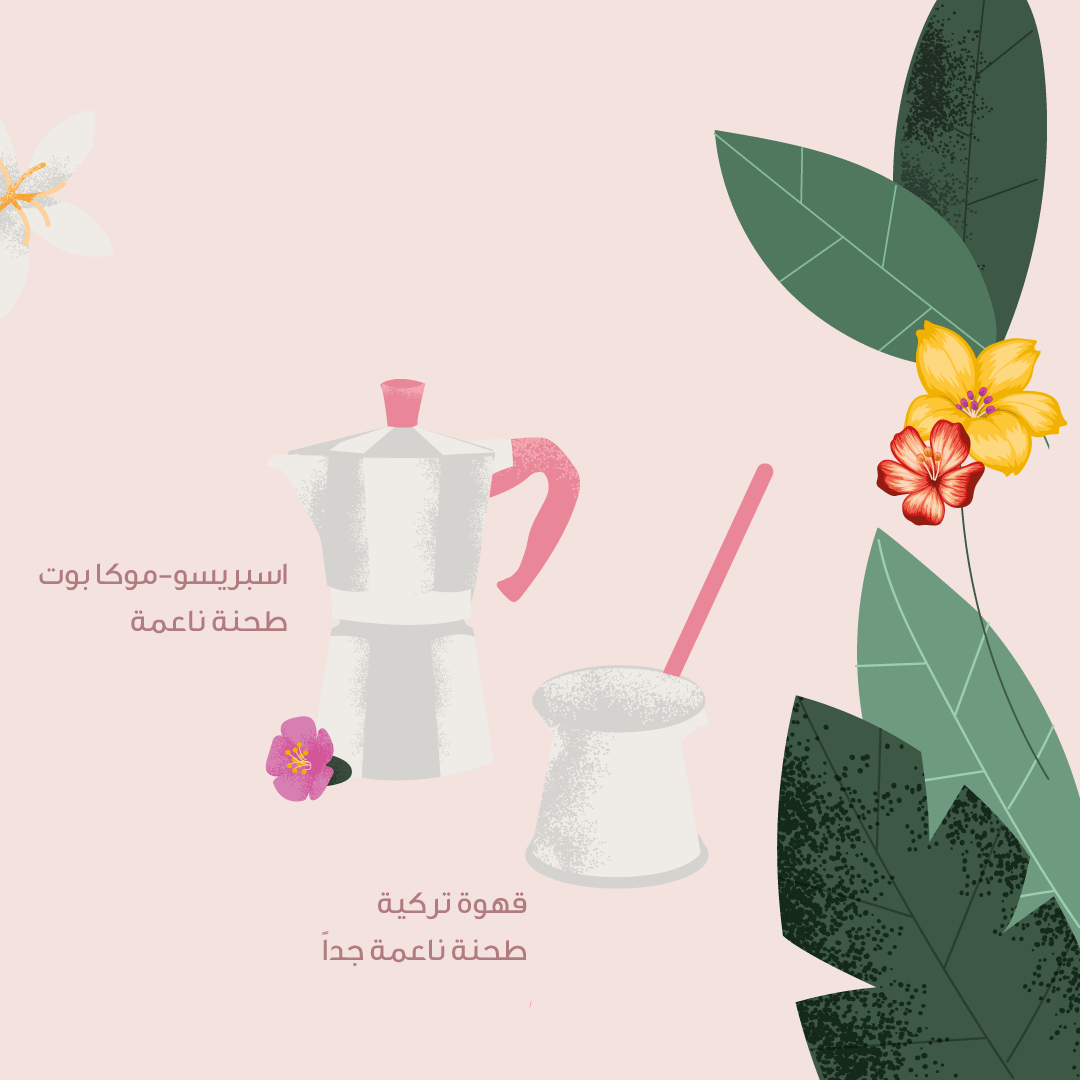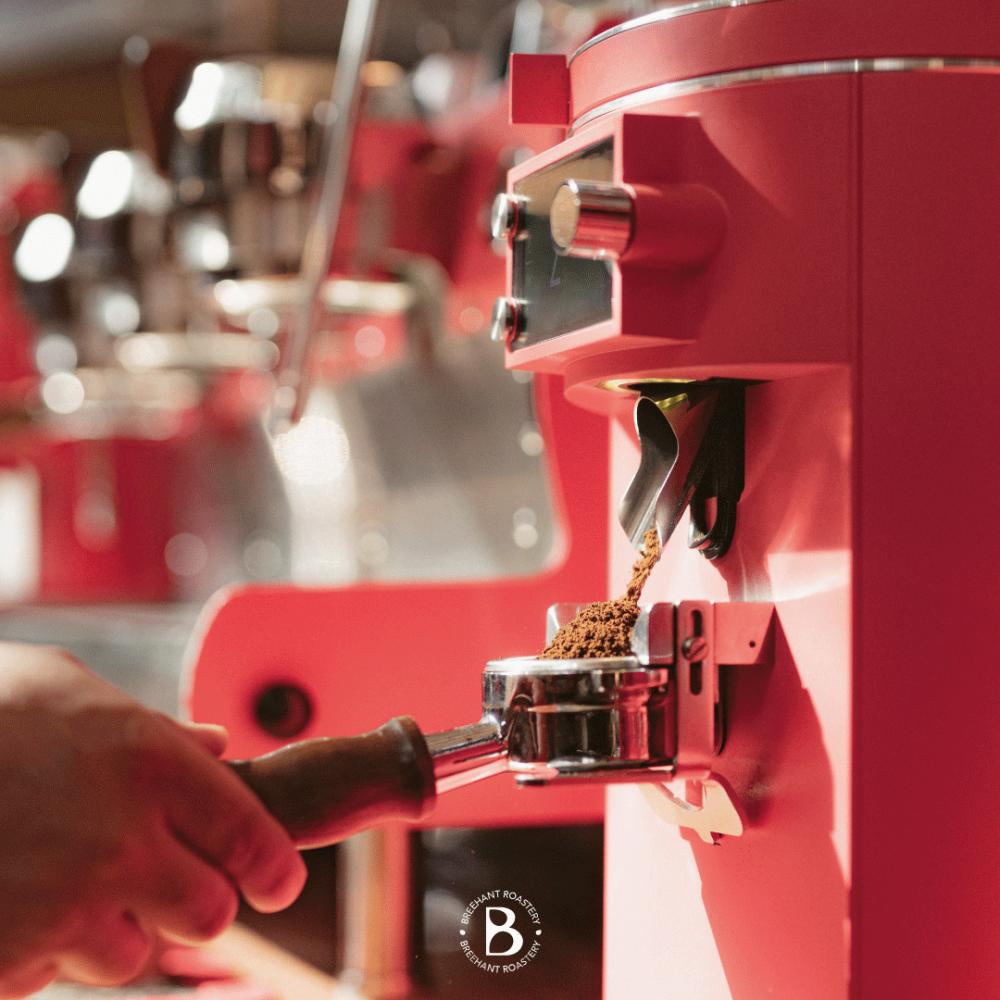Grinding is one of the most important stages of coffee preparation, as it is during this stage that we can control the bitterness or acidity of the coffee.
Coffee grind sizes vary depending on the brewing method, so it's important to know the ideal size for your brewing method, whether using a coffee filter or any other coffee brewing tool.



Tips for improving the grinding process
1. Grind coffee before preparing:
Grinding coffee immediately before brewing helps preserve flavors and aromatic oils that evaporate quickly after grinding, thus preserving the quality of the coffee crop.
2. Store grains properly:
Store coffee beans in an airtight container away from light and moisture to maintain freshness and flavor, ensuring a flavorful cup of coffee.
3. Avoid pre-grinding large quantities:
Grinding small amounts as needed ensures you get the best possible flavor from your specialty coffee.
4. Adjust the grind based on the preparation method:
Each brewing method requires a specific grind size to ensure optimal flavor extraction. You may need to experiment with different grind sizes to achieve your preferred flavor.
Types of coffee grinders
1. Hand mills:
Pros: Often cheaper, allows precise control over grind size, and doesn't overheat the coffee, preserving its flavor.
Cons: Requires more effort and time.
2. Electric blade grinders:
Pros: Quick and easy to use, and a good starter option.
Cons: The grind is uneven, which affects the flavor balance.
3. Electric grinders with flat or conical blades:
Pros: Provides an even grind, which improves flavor extraction. It's the best choice for specialty coffee lovers.
Cons: Usually more expensive.
Controlling the grind size and quality of the beans used by a reliable roaster helps deliver the perfect coffee experience in terms of flavor and aroma. Therefore, always make sure to choose a high-quality roaster.

